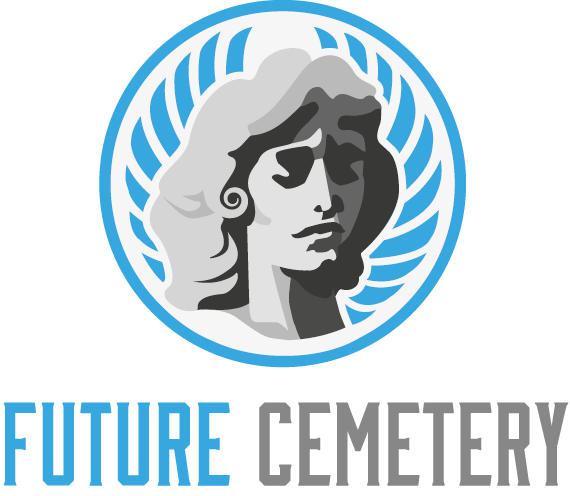Cemetery Design involves a thoughtful approach to the design and placement of spaces, creating an ambiance that evokes comfort in visitors. The right layout will allow for efficiency and a welcoming atmosphere.
Changing burial practices reflect a cultural shift towards minimalism and environmental sustainability. This is reflected in the newer cemetery designs that incorporate green burials.
Vernacular Architecture
Architectural design encompasses a wide range of disciplines, from spatial planning to material selection. In addition, it also considers how the structure will function and interact with the surrounding environment. This is especially important in cemeteries, where visitors must be able to find their way around without feeling lost or anxious.
One of the most crucial aspects of cemetery design is circulation, which involves mapping out spaces based on their intended use and movement patterns. This is important for both safety and comfort, as it influences how people experience the space and how they feel about it.
Another vital aspect of cemetery design is lighting, which can create a positive or negative psychological impact on the space. Choosing the right lighting can enhance textures and emphasize spatial depth, as well as change the ambiance and overall mood. It can even help reduce the risk of depression for those who visit a cemetery.
Biomimicry
Using nature as a source of inspiration can help to create sustainable designs. It can also help to reduce the amount of energy used. This is particularly important in the building sector, where society’s hyper-consumption can have devastating impacts on the planet.
The concept of biomimicry in architecture (BIA) has become a key focus for sustainability, and a new initiative is now being developed to support entrepreneurs who are bringing nature-inspired solutions to market. The Biomimicry Ray of Hope prize will give these ideas the exposure and funding that they need to make a difference.
The term ‘biomimicry’ was coined in the 1950s, although its meaning has evolved since then. The most common definitions of the word include emulation, ethos, and (re)connection, as described by Badarnah [10], the Biomimicry Institute [19], and Zari [94]. The ethos aspect defines how an architect might apply the principles of nature to solve a specific challenge. Examples include mimicking an organism, mimicking its behaviour, or mimicking the function of an ecosystem.
Modernism
Modern cemetery design is more than just a place to lay graves. It needs to provide comfort, solace and a sense of connection for visitors. This can be achieved by incorporating natural elements that support healing, such as open spaces, gardens and art installations.
Circulation is a crucial aspect of architectural design, as it determines how people move through and interact with the space. It can enhance or diminish the experience of a building by influencing the perception of depth, defining textures and creating ambiance.
A successful cemetery master plan requires analysis and pre-design work. This includes programming and understanding the site’s zoning, climate, vegetation, utilities and other factors that can impact the cemetery’s development. It also involves assessing the cemetery’s sales trends, emerging trends and population demographics. These data will help identify areas that are amenable to development and will drive the project’s final outcome. This will help ensure the cemetery’s sustainability and viability into the future.
Sustainability
Sustainable cemetery designs aim to give back more to the environment than they consume. These practices are designed to reduce the amount of carbon dioxide emissions, conserve natural resources, support biodiversity, and enhance family connections with nature.
Cemetery landscapes are also becoming more sustainable, with native trees and plants reestablishing ecological horizons and creating a peaceful ambiance for mourners. Eco-friendly grave markers are made from a variety of materials, including recycled glass and ceramics. They offer a variety of options for different personal styles, allowing families to choose the memorial that best reflects their loved ones.
In addition, cemetery layout design must be thoughtfully planned to ensure that the burial site is not too close to a source of water. This can affect groundwater recharge, contaminate soil with nutrients or chemicals, and alter microclimates that may influence decomposition rates or distribute cadaver components. Landscaping features like ponds and other constructed water sources help to manage drainage and provide wildlife habitat.
